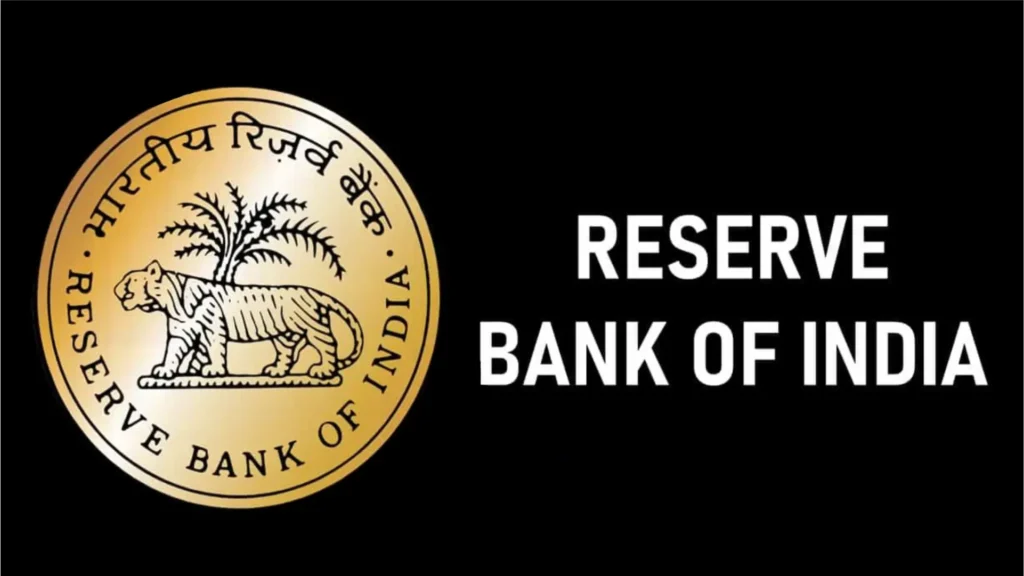The Reserve Bank of India (RBI) plays a pivotal role in managing India’s economy through its monetary policy. Understanding RBI’s monetary policy and open market operations (OMO) is crucial for students preparing for competitive exams such as RBI Grade B, SBI PO, IBPS Clerk, and NABARD. This article provides a comprehensive overview of the RBI’s monetary policy framework and its use of open market operations with clear examples and structured data.
Established on April 1, 1935, under the Reserve Bank of India Act 1934, the RBI serves as India’s central banking authority. Its primary functions include:
Issuing currency notes
Managing foreign exchange reserves
Acting as a banker to the government and commercial banks
Supervising financial institutions
Formulating and implementing monetary policy
RBI Monetary Policy: Objectives and Tools
The monetary policy of RBI involves regulating the money supply to achieve specific economic objectives. The primary goals are:
Price Stability: Controlling inflation to maintain the purchasing power of currency.
Economic Growth: Ensuring adequate credit availability for productive sectors.
Financial Stability: Monitoring systemic risks within financial markets.
Exchange Rate Stability: Preventing excessive volatility in currency exchange rates.
Employment Generation: Indirectly promoting job creation through economic stability.
Types of Monetary Policies by RBI
| Policy Type | Objective | Tools Used | Effects |
|---|---|---|---|
| Expansionary | Stimulate economic growth | Lowering repo rate; Reducing CRR & SLR; Buying government securities (OMO) | Increased liquidity; higher spending; economic growth |
| Contractionary | Control inflation | Raising repo rate; Increasing CRR & SLR; Selling government securities | Reduced inflation; controlled economic overheating |
Open Market Operations (OMO): A Detailed Overview
Open Market Operations (OMO) is one of the most important quantitative tools used by RBI to regulate liquidity in the economy. It involves buying or selling government securities (G-Secs) in the open market to either inject or absorb liquidity.
How Open Market Operations Work?
Buying G-Secs: When liquidity in the economy is low (tight liquidity), RBI purchases government securities from banks and financial institutions. This action injects money into the banking system, increasing liquidity.
Example: If there is a cash crunch in the market due to festival seasons or increased demand for credit, RBI purchases G-Secs from banks. Banks receive cash in exchange for these securities, thus increasing their lending capacity.
When liquidity is excessive leading to potential inflationary pressures, RBI sells G-Secs to banks. Banks pay RBI in cash for these securities, reducing their available funds for lending.
Example of Open Market Operations
Consider this example:
| Scenario | Action by RBI | Result on Liquidity |
|---|---|---|
| Excess Liquidity (Inflation threat) | Selling Government Securities | Reduces liquidity; controls inflation |
| Low Liquidity/Cash Crunch | Buying Government Securities | Increases liquidity; stimulates growth |
Advantages and Disadvantages of OMO
Advantages:
Provides flexibility in managing money supply.
Helps control inflation effectively.
Stabilizes exchange rates.
Enables quick adjustments to market conditions.
Directly influences interest rates.
Disadvantages:
May lead to short-term volatility in bond markets.
Requires efficient market infrastructure.
Effectiveness limited if banking sector response is sluggish.
Practical Examples of OMO by RBI
Example 1: Expansionary OMO
In 2020 during COVID pandemic-induced slowdown, RBI conducted extensive OMOs by purchasing securities worth thousands of crores. This injected liquidity into banks enabling them to lend more freely at lower interest rates.
Example Table:
| Year | Action Taken by RBI | Purpose |
|---|---|---|
| 2020 | Purchased G-Secs extensively | Boost economic growth post-COVID |
| 2022 | Sold G-Secs | Control rising inflation |
Important Terms Related to RBI’s Monetary Policy
For competitive exam preparation, understanding key terms associated with monetary policy is crucial:
| Term | Definition |
|---|---|
| Repo Rate | Interest rate at which RBI lends short-term funds to banks |
| Reverse Repo Rate | Rate at which banks deposit surplus funds with RBI |
| Cash Reserve Ratio (CRR) | Percentage of deposits banks must maintain as reserves with RBI |
| Statutory Liquidity Ratio (SLR) | Percentage of deposits banks must invest in government securities |
Sample MCQ Questions for Competitive Exams:
What is Repo Rate?
The rate at which RBI lends money to banks against security.
Which tool does RBI use frequently to regulate short-term liquidity?
Answer: Open Market Operations (OMO)
What happens when RBI sells government securities?
Answer: Liquidity decreases in the banking system.
Which policy will RBI adopt during high inflation?
Answer: Contractionary Monetary Policy (selling G-Secs).


